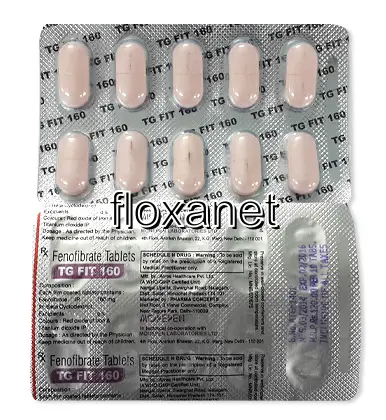| Package | Dosage | Price | Price per Dose | |
|---|---|---|---|---|
| Dosage: 160mg | ||||
| 360 pill | 160mg | NZD1,111.27 | NZD3.09 | |
| 180 pill | 160mg | NZD576.11 | NZD3.21 | |
| 120 pill | 160mg | NZD392.91 | NZD3.28 | |
| 90 pill | 160mg | NZD310.95 | NZD3.45 | |
| 60 pill | 160mg | NZD216.93 | NZD3.62 | |
| 30 pill | 160mg | NZD115.69 | NZD3.86 | |
| Dosage: 200mg | ||||
| 360 pill | 200mg | NZD1,518.67 | NZD4.22 | |
| 180 pill | 200mg | NZD790.66 | NZD4.39 | |
| 120 pill | 200mg | NZD537.54 | NZD4.48 | |
| 90 pill | 200mg | NZD424.25 | NZD4.70 | |
| 60 pill | 200mg | NZD296.48 | NZD4.94 | |
| 30 pill | 200mg | NZD159.08 | NZD5.28 | |

Fenofibrate Description
Overview of Fenofibrate
Fenofibrate is a medication commonly prescribed to help manage high levels of cholesterol and triglycerides in the blood. It belongs to a class of drugs known as fibrates, which work by activating specific receptors to improve lipid metabolism. By lowering bad cholesterol (LDL) and triglycerides while increasing good cholesterol (HDL), Fenofibrate plays a vital role in reducing the risk of cardiovascular diseases. It is often recommended for patients with mixed dyslipidemia, especially those who do not respond adequately to dietary modifications alone.
Effectiveness and Benefits
Many users have reported positive outcomes with Fenofibrate treatment. Its main benefit is the effective reduction of triglyceride levels, which are a significant factor in the development of atherosclerosis and heart disease. Additionally, Fenofibrate has shown to modestly elevate HDL, further contributing to cardiovascular protection. Patients with elevated cholesterol and triglycerides often experience improvements in their lipid profile after consistent use of this medication. It is considered especially beneficial for individuals with metabolic syndrome or those at high risk of coronary events.
How to Take Fenofibrate
Fenofibrate is usually taken orally in the form of tablets. The dosage varies depending on the patient's condition and response to treatment. It is often recommended to be taken with food to enhance absorption and minimize gastrointestinal discomfort. Patients should follow their healthcare provider's instructions closely and not alter the dosage without medical advice. Consistent daily intake and regular monitoring of blood lipid levels are essential for achieving optimal results.
Possible Side Effects
While Fenofibrate is generally well tolerated, some users may experience side effects. Common complaints include stomach upset, nausea, or abdominal pain. Less frequently, patients may encounter muscle pain, weakness, or elevated liver enzymes, which could signal liver stress. Serious side effects are rare but require immediate medical attention. It is important for individuals on Fenofibrate to consult their healthcare provider if they notice any unusual symptoms or signs of adverse reactions. Routine blood tests help monitor potential impacts on liver function and muscle health.
Precautions and Interactions
Before starting Fenofibrate, patients should inform their healthcare provider of any existing medical conditions, especially kidney or liver problems. The medication can interact with certain other drugs, such as anticoagulants, statins, or bile acid sequestrants. These interactions might affect drug efficacy or increase the risk of side effects. Patients are advised to disclose all medications they are taking to ensure safe and harmonious treatment. Pregnant or breastfeeding women should discuss the risks and benefits with their medical provider before initiating Fenofibrate therapy.
Conclusion
Fenofibrate remains a valuable option for individuals struggling with abnormal lipid levels. Its ability to improve lipid profiles can significantly reduce the risk of cardiovascular complications. However, like all medications, it requires careful monitoring and consultation with a healthcare professional to ensure safe and effective use. Proper lifestyle changes, combined with Fenofibrate therapy, can lead to better overall heart health and long-term benefits.
